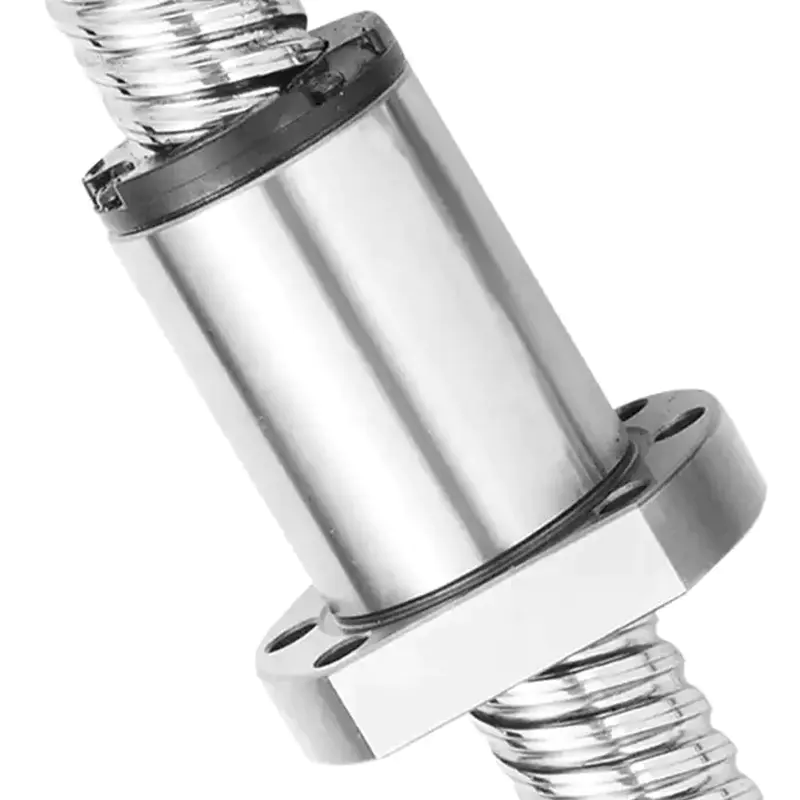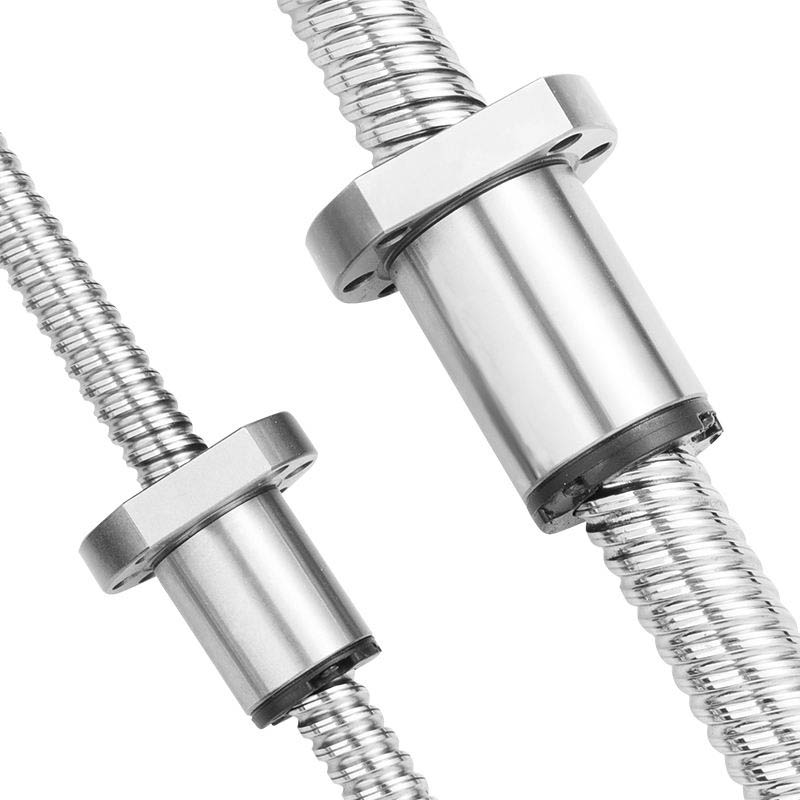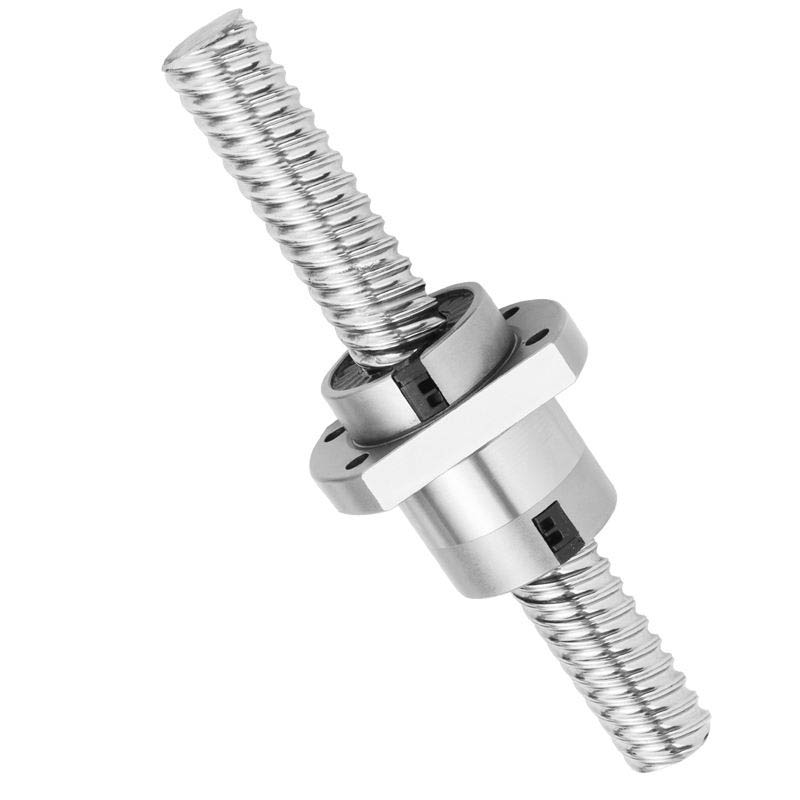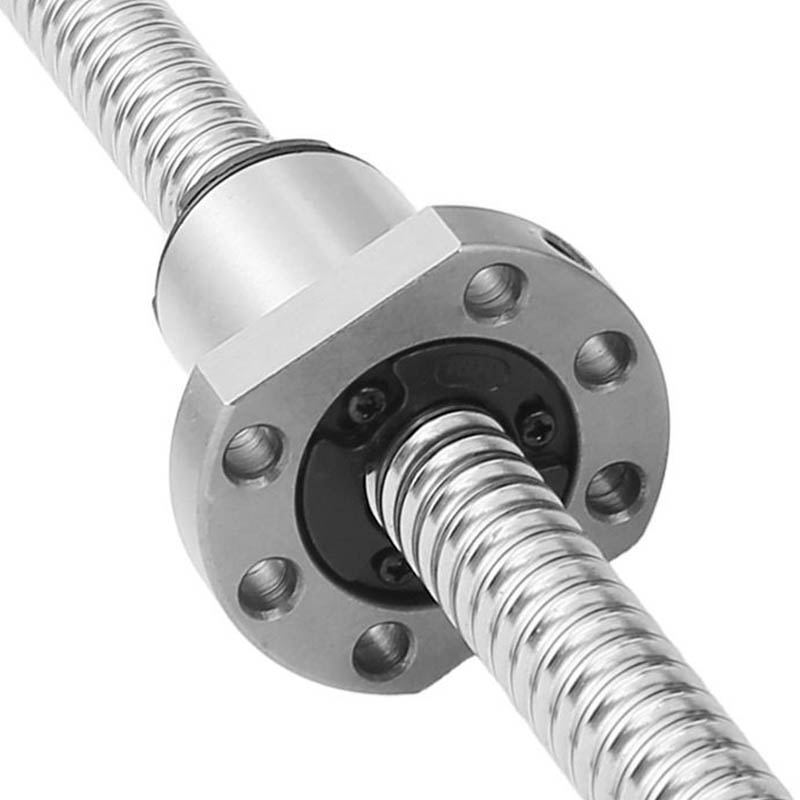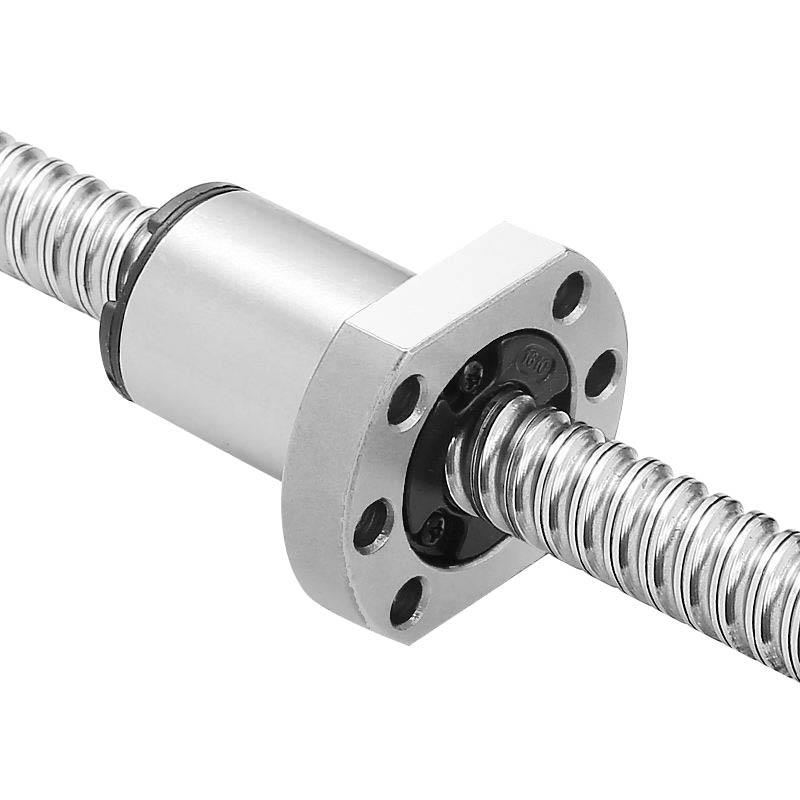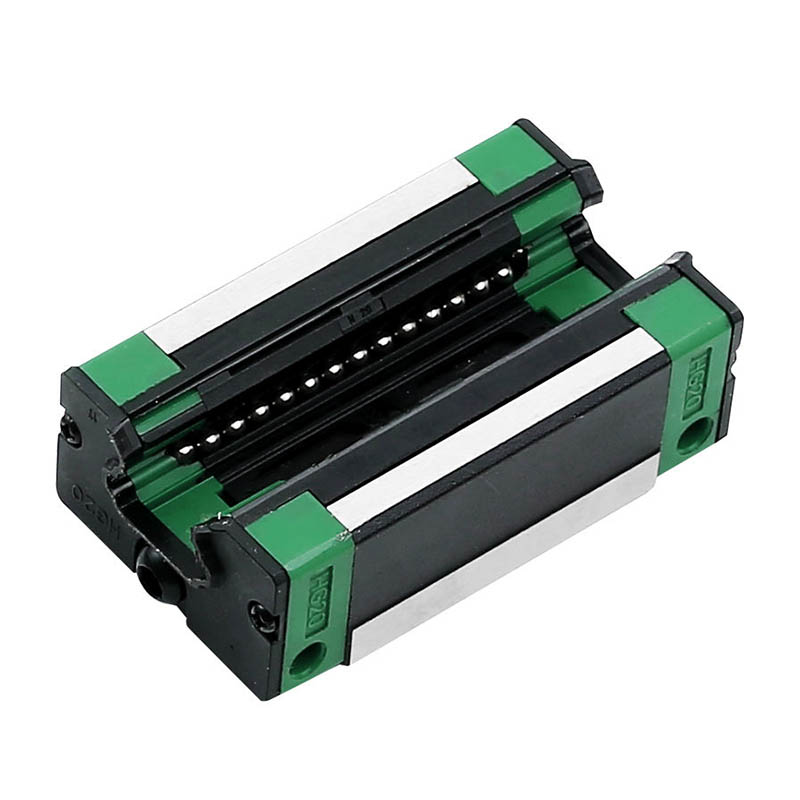Design High Quality Ball Screw Nut Bracket Supplier Company
The design of a Ball Screw Nut Bracket plays a pivotal role in the overall performance and efficiency of machines that rely on precise motion control systems. In many industrial and automation applications, the Ball Screw Nut Bracket is responsible for ensuring that the ball screw operates smoothly, with small friction and wear. As such, its design directly affects not only the longevity of the ball screw but also the energy efficiency and reliability of the entire machine.
A Ball Screw Nut Bracket is typically used to hold the ball nut in place, allowing it to rotate and transfer motion to a linear actuator. The design of this bracket can influence how the ball screw and nut work together to move loads along a precise linear path. When the Ball Screw Nut Bracket is poorly designed or manufactured, it can introduce misalignments, vibrations, and inefficiencies into the system, reducing the overall performance of the machine.
One of the more critical factors in the design of a Ball Screw Nut Bracket is ensuring that it maintains proper alignment of the ball screw and nut. Misalignment can cause increased friction, wear, and premature failure of the ball screw. A well-designed Ball Screw Nut Bracket ensures that the ball nut remains aligned with the ball screw, less friction and enhancing the efficiency of the system. This reduces the amount of energy required to move the load, contributing to lower power consumption and greater overall efficiency.
The material selection for the Ball Screw Nut Bracket is another important design consideration. Brackets made from high-quality, durable materials, such as steel or aluminum alloys, can withstand the mechanical stresses and forces exerted during operation. These materials can also provide better heat dissipation, which is crucial in preventing the Ball Screw Nut Bracket from overheating and causing system failures. Proper material selection not only increases the lifespan of the Ball Screw Nut Bracket but also ensures that the machine continues to operate efficiently over time.
In addition to alignment and material, the design of the Ball Screw Nut Bracket must also consider the mounting method. The way in which the bracket is attached to the machine frame can have a significant impact on the stability of the entire ball screw system. A poorly mounted Ball Screw Nut Bracket can advance to unwanted movement or vibrations, which will affect the accuracy of the machine's performance. Therefore, the Ball Screw Nut Bracket must be designed with secure mounting options to prevent any unwanted shifts during operation.
Vibration dampening is another key consideration in the design of the Ball Screw Nut Bracket. Vibration can advance to increased wear and tear on the ball screw and nut assembly, as well as inaccuracies in motion. A well-designed Ball Screw Nut Bracket incorporates features that reduce the risk of vibrations, such as strategically placed dampeners or vibration-absorbing materials. These features help to ensure smoother and quieter operation, contributing to both the performance and efficiency of the system.
The load-bearing capacity of the Ball Screw Nut Bracket is another important aspect of its design. As the bracket is responsible for supporting the ball screw assembly, it must be able to handle the loads exerted on the system without bending, warping, or compromising performance. A well-engineered Ball Screw Nut Bracket will be designed to distribute loads evenly, preventing localized stress concentrations that could advance to damage or failure.
Another significant factor to consider when designing a Ball Screw Nut Bracket is the ease of maintenance. Machines that rely on ball screws often require periodic maintenance to ensure continued performance. The Ball Screw Nut Bracket should be designed in a way that allows for easy access to the ball screw assembly, simplifying the maintenance process. A well-designed bracket may include features such as accessible grease fittings, inspection windows, or removable components, making it easier to perform routine checks and maintenance.
Heat management is also an essential aspect of Ball Screw Nut Bracket design. Ball screws can generate a significant amount of heat during operation, especially in high-speed or high-load applications. The Ball Screw Nut Bracket should be designed to allow for adequate airflow and heat dissipation to prevent overheating. This may involve incorporating cooling channels, vents, or materials with high thermal conductivity to keep the system operating within safe temperature ranges.
The precision with which the Ball Screw Nut Bracket is manufactured is another critical consideration. Even slight variations in the dimensions of the bracket can result in misalignments or inefficiencies that affect machine performance. High-precision manufacturing techniques, such as CNC machining, are often used to ensure that the Ball Screw Nut Bracket meets the required tolerances for good operation. This level of precision is essential for maintaining the accuracy and efficiency of the system over time.
In conclusion, the design of the Ball Screw Nut Bracket is a crucial factor in determining the overall performance and efficiency of machines that rely on ball screw assemblies. Proper alignment, material selection, mounting methods, vibration dampening, load-bearing capacity, ease of maintenance, and heat management all play key roles in ensuring that the ball screw operates smoothly and efficiently. By carefully considering these design factors, manufacturers can create Ball Screw Nut Brackets that enhance the performance, reliability, and longevity of machines, ultimately contributing to greater energy efficiency and cost savings.








 English
English 中文简体
中文简体 русский
русский Español
Español